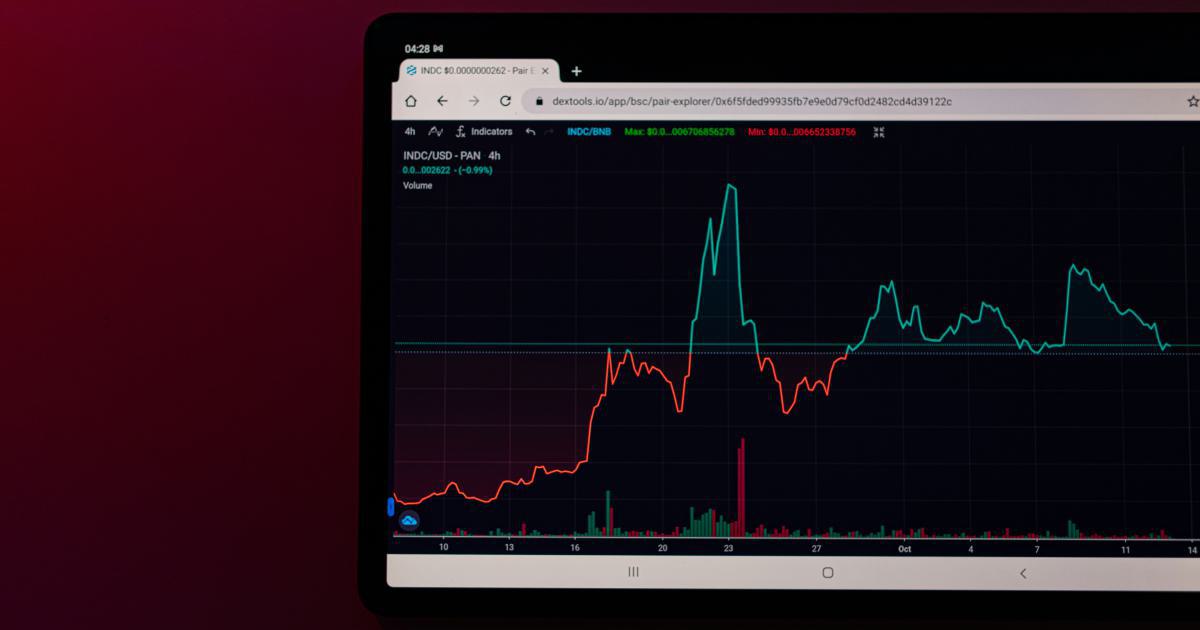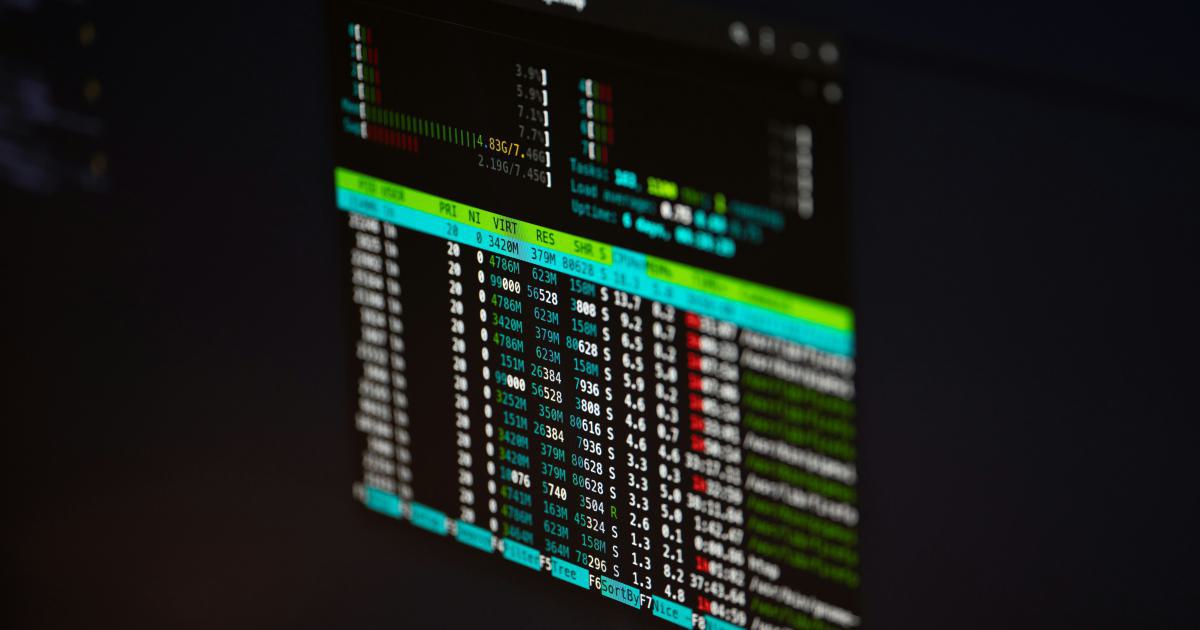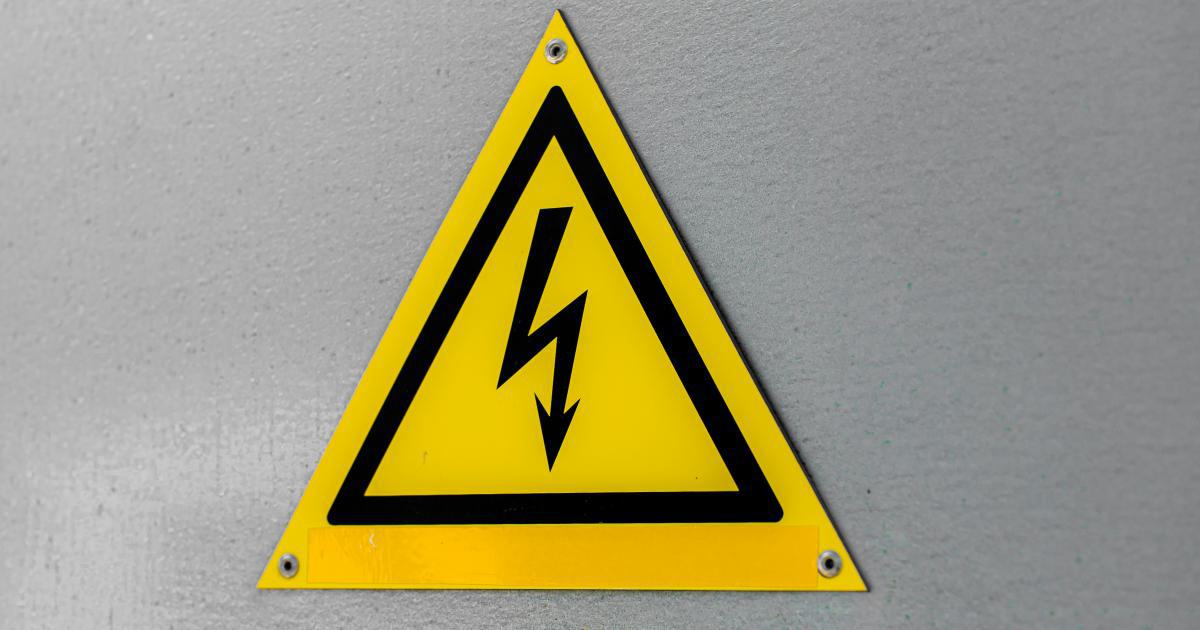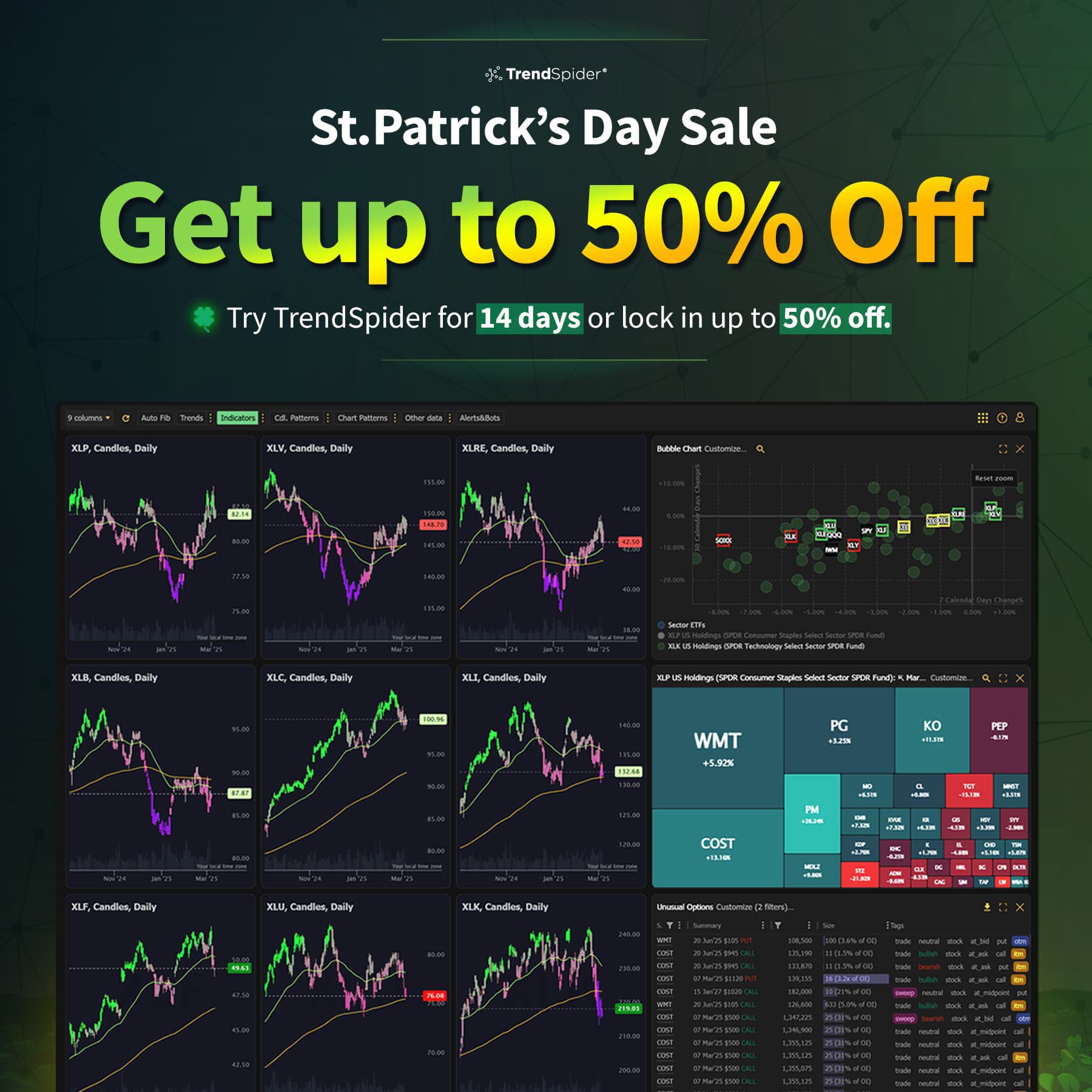When Should You Use MotiveWave Automated Strategies?

Within the evolving landscape of trading technology, the integration of algorithmic tools has become indispensable. In particular, motivewave automated strategies have risen as a powerful approach for traders who want to combine technical analysis with automated execution. This article delves deep into the circumstances under which these sophisticated strategies become not just useful but transformative for trading activities. Whether you are a novice seeking a more systematic approach or an experienced trader looking to refine your edge, understanding the applications and limitations of motivewave automated strategies is key to optimizing your trading performance.
In this in-depth exploration, we break down the background, practical applications, and potential challenges of motivewave automated strategies. We also offer a thorough analysis of case studies, detailed examples, and industry data points that support our insights. As trading environments become increasingly complex, automated systems help mitigate human error and emotion in decision-making. However, these systems are not without issues, and discerning when they yield the most benefit requires a clear grasp of both technical and practical nuances.
"Automation in trading doesn't replace human judgment entirely; it augments it."
Background and Evolution of Automated Trading Strategies
Automated trading systems have a rich history that intersects with breakthroughs in computing power, data processing, and the development of financial markets. Initially, traders manually executed trades based on charts and data, but as markets grew more volatile and competitive, the need for swift, error-free decision-making became evident. This necessity sparked the advent of automated trading systems which, with time, have incorporated artificial intelligence and complex algorithms to thrive in dynamic market environments.
Early Beginnings and Technological Progress
In the early stages of algorithmic trading, simple rules-based systems were employed to execute trades at pre-determined price levels. Over the years, automation evolved from simple pattern recognition to advanced techniques that utilize statistical models and machine learning. Today, many platforms, including MotiveWave, offer an array of advanced indicators and automated trading strategies that can be customized to suit various market conditions.
Key technological milestones include:
- The rise of modern computing power, enabling rapid processing of massive datasets.
- The integration of real-time data feeds that update strategies instantaneously.
- Advancements in technical analysis tools and charting software, which paved the way for sophisticated systems like MotiveWave.
MotiveWave automated strategies stand at the intersection of these innovations. The platform’s flexibility allows traders to develop, test, and execute strategies that respond dynamically to market conditions, making them an attractive tool for those who seek to harness the power of automation effectively.

Foundational Concepts and Terminology
Before diving into the specifics of automated strategies, it's important to familiarize oneself with essential technical terms and foundational concepts:
- Algorithmic Trading: The process of using computer programs to follow a defined set of instructions for placing trades.
- Technical Analysis: The study of past market data, primarily price and volume, to forecast future price movements.
- Backtesting: A technique used to simulate a trading strategy using historical data to assess its feasibility.
- Execution Algorithms: Programs designed to execute trades at optimal prices by breaking down large orders into smaller pieces.
These terms form the lexicon that traders need to grasp in order to fully appreciate the nuanced use and implementation of motivewave automated strategies.
Advantages of MotiveWave Automated Strategies
The shift towards automated strategies in trading is driven by several compelling benefits. There are significant advantages associated with the use of motivewave automated strategies, and understanding these benefits is crucial for both new and seasoned traders. Here, we explore some of the most prominent advantages.
Enhanced Emotion-Free Trading
One of the primary reasons to incorporate automated strategies into trading is the reduction of human error and emotional bias:
- Consistency: Automated strategies execute trades with precision, ensuring that every decision aligns with predetermined rules.
- Speed: Algorithms can process data and place orders faster than any human, crucial during volatile market conditions.
- Discipline: By removing the emotional component, traders avoid impulsive decisions that often result from fear or greed.
The elimination of these human factors can significantly improve performance in scenarios where split-second decision-making is required.
Comprehensive Data Analysis and Backtesting
MotiveWave offers robust backtesting capabilities that allow traders to rigorously assess their strategies using historical data. Backtesting provides insights into how a strategy might perform under various conditions:
- Scenario Analysis: Simulating trades using historical market data helps reveal potential areas of weakness.
- Optimization: Traders can fine-tune their algorithms to balance risk and reward.
- Confidence Building: Reliable backtesting builds trust in the automated strategy before committing real capital.
A well-structured backtesting process might utilize data tables to present performance metrics, such as the following example:
| Metric | Value |
|---|---|
| Annual Return | 12.5% |
| Maximum Drawdown | 7.8% |
| Win Ratio | 54% |
| Sharpe Ratio | 1.4 |
Improved Risk Management
Risk management is fundamental to successful trading, and automated strategies offer several benefits:
- Stop-Loss Precision: Efficiently set and adjust stop-loss orders to protect against unexpected market movements.
- Portfolio Diversification: Automated systems can seamlessly manage multiple trading strategies concurrently, spreading risk.
- Risk/Reward Optimization: Strategies can be fine-tuned to ensure an optimal balance between risk exposure and potential reward.
"With automated strategies, the system adheres strictly to risk management protocols, reducing the likelihood of significant losses."
Scalability and Flexibility
One of the alluring aspects of motivewave is its scalability. Whether trading a single asset or a diversified portfolio, automated strategies offer the flexibility needed to adjust the scale of operations:
- Multi-Asset Trading: Algorithms can be programmed to manage trades across various asset classes.
- Customizability: Traders can tailor strategies to meet their specific financial goals and risk tolerance.
- System Integration: MotiveWave seamlessly integrates with data feeds and brokerage systems, allowing for real-time adjustments based on market fluctuations.
These scaling capabilities cater to both individual traders and institutional investors who require reliable, fast, and flexible trading solutions.
When Should You Use MotiveWave Automated Strategies?
Identifying the right scenarios to deploy motivewave automated strategies is critical for maximizing their benefits. In this section, we explore several key conditions and market situations where these strategies prove particularly effective.
Market Conditions Favoring Automation
Market volatility and high-frequency trading environments are prime candidates for the use of automated strategies:
- High Volatility: In turbulent markets, the speed of automation can quickly capture opportunities that manual trading might miss.
- Liquid Markets: Automated strategies thrive in markets with high liquidity where order execution is swift and competitive.
- News-Driven Movements: Rapid news cycles can lead to market swings; automated systems can act on these signals without delay.
Traders who operate in these conditions can leverage motivewave automated strategies to gain a competitive edge by ensuring that trades are executed precisely when market conditions are optimal.
Specific Trading Goals and Strategy Alignment
Automated strategies are best suited for traders with defined, rule-based trading goals:
- Day Trading: For intraday traders who need to enter and exit positions quickly, automation minimizes delays.
- Scalping: Strategies that require rapid trades to capture small price movements benefit immensely from automation.
- Swing Trading: Automated tools can help monitor trends and execute trades in line with a pre-determined outlook, reducing manual oversight.
When the goal is clear and can be programmed into a series of rules and triggers, motivewave automated strategies offer a systematic approach that can operate 24/7, regardless of the trader's availability.
"MotiveWave automated strategies convert complex, multi-factor decisions into precise, repeatable actions in volatile markets."
Utilizing Data and Real-Time Analytics
Traders who depend heavily on technical indicators should consider employing automated strategies in scenarios that require real-time analysis:
- Complex Indicator Combinations: When using multiple indicators (e.g., RSI, MACD, Bollinger Bands) simultaneously, human misinterpretation is minimized.
- Algorithmic Signal Generation: Automated systems can continuously scan for specific market conditions, ensuring that no opportunity is overlooked.
- Backtesting and Forward Testing: The integration of backtesting tools with automated strategies provides a reliable historical performance metric that guides forward trading.
By automating the synthesis of multiple data points, motivewave automated strategies help traders avoid information overload and ensure precise execution based on clearly defined parameters.

Resource Efficiency and Time Management
For professional traders and institutions, time is a critical resource. Automated strategies free up valuable time that can be used for further market analysis, strategic adjustments, or simply taking a break:
- Continuous Monitoring: Automated systems keep an eye on the markets even when the trader is unavailable.
- Minimal Supervision: Once set up, the strategy operates independently, reducing the need for constant oversight.
- Efficiency in Execution: Automated approaches reduce the time lag between signal detection and order execution.
These advantages allow traders to maintain a more balanced approach to work, wellness, and family time, while ensuring that trading operations remain robust and competitive.
Testing and Iterative Improvement
Another key consideration is the capability to continuously test and refine strategies:
- A/B Testing: Traders can run parallel versions of the same strategy to determine which performs better under similar conditions.
- Iterative Tweaks: Small adjustments based on rigorous real-time feedback ensure that the strategy remains optimized.
- Historical Data Analysis: Automated strategies can be simulated against decades of historical data to validate their efficacy.
Such iterative methodologies are especially critical when markets shift due to unforeseen geopolitical events or economic developments. The ability to adapt quickly gives motivewave automated strategies a significant advantage over static, manually executed plans.
Challenges and Controversies in Automated Trading
While the benefits of motivewave automated strategies are compelling, it's important to address the potential challenges and controversies associated with their use.
Technical Limitations and System Failures
No system is entirely infallible, especially when technology is involved:
- Hardware/Software Failures: Even the most robust systems can experience downtime due to technical glitches or network disruptions.
- Latency Issues: In fast-moving markets, even milliseconds of delay can lead to adverse outcomes.
- Overfitting: There is a risk that a strategy might perform well on backtested data yet fail in real-market conditions if it is too finely tuned to past trends.
Implementing sound risk management practices, such as redundant systems and regular maintenance checks, becomes paramount when relying on automated strategies.
Regulatory Concerns and Ethical Implications
With increasing scrutiny over algorithmic trading, regulators often examine the impact of automated systems on market stability:
- Market Manipulation: There are concerns that certain algorithms might inadvertently or deliberately manipulate market prices.
- Transparency: Automated strategies, being inherently complex, may pose challenges in terms of transparency, making it difficult for regulators to fully understand their operation.
- Responsibility: In cases of market anomalies or crashes linked to automation, determining accountability can be complex.
Traders adopting motivewave automated strategies must remain abreast of regulatory changes, ensuring that their practices comply with local and international standards.
Dependency on Historical Data
Automated strategies largely depend on historical data for backtesting and optimization:
- Historical Bias: Relying on past performance can be misleading if the current market conditions deviate significantly from historical trends.
- Data Quality: The accuracy of automated trading depends heavily on the quality and reliability of the data feed.
- Changing Market Dynamics: Economic and geopolitical shifts can abruptly alter market contexts, rendering historical relationships less useful.
"Successful automation in trading is as much about adapting to new market realities as it is about leveraging historical data."
Human Oversight and Monitoring
Despite the sophistication of automated systems, human oversight remains critical:
- Quality Control: Regular audits of automated systems are necessary to ensure continued performance.
- Ethical Trading: Human judgment is essential when automated systems face unexpected or ethically ambiguous trading scenarios.
- Adaptability: Market conditions may require strategic pivots that an automated system might not detect or react to appropriately.
The successful integration of motivewave automated strategies hinges on a balanced approach—leveraging automation while maintaining informed human decision-making.
Real-World Applications and Case Studies
To truly understand when you should use motivewave automated strategies, it is helpful to examine real-world applications and case studies.
Case Study 1: High-Frequency Trading Firm
A leading high-frequency trading firm integrated motivewave automated strategies into its trading arsenal. With the goal of capturing micro price movements in liquid markets, the firm developed an algorithm that:
- Executed trades within milliseconds: This allowed the firm to take advantage of fleeting market inefficiencies.
- Monitored multiple asset classes concurrently: The strategy was diversified across equities, futures, and forex.
- Employed strict risk management rules: Automated stop-loss and take-profit triggers were built-in to minimize unexpected losses.
The implementation of automated strategies allowed the firm to increase its trade frequency by 40% while reducing emotional trading errors. Over a period of one year, the firm recorded a 15% net gain compared to 9% in previous years without automation.
Case Study 2: Retail Trader Adopting Automation
A retail trader, initially hesitant about automated strategies, decided to integrate motivewave into his trading workflow after years of manual trading. He observed several benefits:
- Enhanced trade monitoring: The automated tool continuously scanned for feasible trades, freeing up his time.
- Reduced Emotional Trading: Especially during volatile market rallies, the automation ensured adherence to preset criteria.
- Backtested Strategy Validation: The trader leveraged historical data to refine his approach, ensuring that the strategy was robust across multiple market regimes.
This trader reported an increase in profit consistency and a noticeable improvement in risk management. His approach became a model for other retail traders in online communities that discussed integrating technical strategies with automated tools.
Comparative Analysis
To provide a broader perspective, consider the following table comparing performance metrics between manual and automated trading approaches:
| Parameter | Manual Trading | Automated Trading |
|---|---|---|
| Trade Execution Speed | Slower, prone to delays | Near-instantaneous |
| Frequency of Trades | Lower | Higher |
| Emotional Bias | High | Minimal |
| Consistency | Variable | Consistent |
| Backtesting and Optimization | Limited | Extensive |
This data underscores the importance of leveraging automation in environments where speed and precision are paramount.

Practical Implications and Future Trends
As financial markets continue to evolve, the practical implications of automation in trading become increasingly significant. MotiveWave automated strategies are not merely a tool for the present but a foundation for future innovations in trading.
Integration with Emerging Technologies
Automated trading strategies are continuously enhanced by technological advances, including:
- Artificial Intelligence and Machine Learning: These technologies refine pattern recognition and predictive capabilities, further optimizing automated strategies.
- Blockchain and Distributed Ledger Technology: Future developments might integrate blockchain to enhance transparency and security in automated trade executions.
- Cloud Computing: The scalability provided by cloud technology allows for faster computations and broader data integration, ensuring that automated strategies remain at the cutting edge.
The integration of emerging technologies not only boosts performance but also opens new horizons for innovation, making it easier for traders to adapt to changing market dynamics.
Training, Education, and Skill Development
To maximize the benefits of motivewave automated strategies, traders need to invest in continuous education:
- Online Courses and Webinars: Platforms are increasingly offering courses that provide a deep dive into automated trading techniques and best practices.
- Certification Programs: Obtaining certification in automated trading or algorithm design can add a competitive edge.
- Community Engagement: Participating in forums, discussion groups, and live trading sessions can help traders stay updated on tool updates and market trends.
Educational initiatives help demystify the complexities of automation, thereby making these strategies more accessible to traders of all levels.
Future Regulatory Landscape
As automated trading grows, so does regulatory scrutiny. Future trends in regulation may include:
- Stricter Compliance Standards: New regulations may require more transparency regarding algorithmic processes.
- Enhanced Monitoring and Reporting Requirements: Traders using automated strategies may need to adhere to stricter reporting protocols.
- Cross-Border Regulatory Harmonization: With markets becoming increasingly global, there is a push toward international standards in automated trading practices.
Staying informed about regulatory changes is crucial for traders adopting motivewave automated strategies, ensuring that they remain compliant and avoid legal pitfalls.
Conclusion and Key Takeaways
After exploring the various facets of motivewave automated strategies, it is clear that these tools offer substantial benefits when applied under the right market conditions and trading objectives. Here are the key takeaways:
Enhanced Execution and Reduced Emotional Bias: Automated strategies ensure trades are executed swiftly and with strict adherence to predefined rules.
Robust Backtesting and Data Analysis: Leveraging historical data, traders can fine-tune their strategies to adapt to dynamic market conditions.
Risk Management and Flexibility: With automated stop-losses and scalable solutions, risk is managed effectively, making these strategies ideal for various trading scenarios.
Ongoing Evolution with Emerging Technologies: The integration of AI, cloud computing, and blockchain is shaping the future of automated trading.
Challenges Remain: Technical glitches, regulatory uncertainties, and the dependency on historical data must be carefully managed.
As the trading world moves further into the realm of automation, traders who combine the strengths of both human judgment and automated execution will undoubtedly have a major competitive advantage.
"The future of trading is a synthesis of human creativity and algorithmic precision."
Motivewave automated strategies are best adopted when the market conditions are supportive, the trader’s objectives are clear, and the infrastructure is robust enough to handle fast-paced executions. The ongoing evolution of technology ensures that these strategies will continue to improve, offering even greater capabilities for precise and disciplined trading.
Further Reading
- Algorithmic Trading: Winning Strategies and Their Rationale by Ernest P. Chan
- Flash Boys: A Wall Street Revolt by Michael Lewis
- Trading and Exchanges: Market Microstructure for Practitioners by Larry Harris
- Online resources:
- MotiveWave Official Documentation
- Financial Regulation and Market Analysis Journals
- Community forums such as Elite Trader and Trade2Win
Thought-Provoking Questions
In what market conditions do you think automation provides the most significant advantage over manual trading?
How can traders balance the benefits of automation with the need for human oversight, especially during periods of market instability?
What emerging technology do you believe will have the greatest impact on automated trading strategies in the next decade?
How can regulatory frameworks evolve to better accommodate the rapid advancements in automated trading without stifling innovation?
In conclusion, understanding when to deploy motivewave automated strategies hinges on a comprehensive evaluation of market conditions, personal trading goals, and the readiness to embrace technological advancements. By continuously educating oneself and maintaining a proactive approach to risk management, traders can leverage these systems effectively, ensuring sustained success in an ever-changing marketplace.
Practical Tips for Implementing MotiveWave Automated Strategies
Begin with a Clear Trading Plan: Define your entry and exit rules, risk management protocols, and performance benchmarks.
Start Small: Test your automated strategy on a small scale before committing substantial capital.
Keep Monitoring and Refining: Regularly analyze performance metrics, adjust settings, and update the strategy based on current market conditions.
Engage with the Community: Participate in user forums and webinars to learn best practices and latest trends.
Stay Updated on Technological Advancements: Invest time in continuous learning about new tools, indicators, and programming techniques that enhance your automated strategies.
By following these practical tips, you ensure that your motivewave automated strategies are not only effective but also resilient in the face of evolving market dynamics.
Overall, motivewave automated strategies represent a blend of advanced technology, detailed market analysis, and robust execution mechanisms that are designed to meet the demands of modern trading. Whether you are a high-frequency trader, a day trader, or a retail investor, understanding when and how to implement these strategies could be the difference between achieving consistent success or facing unpredictable market challenges. The future of trading is undeniably digital, and integrating sophisticated tools like MotiveWave into your trading arsenal paves the way for a disciplined, data-driven approach that can maintain a competitive edge in fast-paced global markets.
Appendix
Below is a summary table that captures some of the advantages and challenges associated with automated trading:
| Aspect | Advantage | Challenge |
|---|---|---|
| Execution Speed | Milliseconds level order execution | Millisecond delays may occur occasionally |
| Data Handling | Comprehensive backtesting capabilities | Dependency on historical data quality |
| Risk Management | Consistent adherence to risk protocols | Overfitting risk and system failures |
| Emotion-Free Trading | Eliminates human emotional bias | Requires constant algorithm monitoring |
| Scalability | Supports multi-asset and portfolio strategies | Integration complexity with multiple sources |
This table highlights the multifaceted benefits and considerations crucial to optimizing automated strategies in various market conditions.
In summary, by critically analyzing both the strengths and limitations of motivewave automated strategies, traders can better position themselves to capitalize on market opportunities while mitigating inherent risks in automated trading. As technological and market trends converge, adopting such automated systems will likely become a standard practice for those striving to achieve consistent, high-performance trading outcomes.
Final Thoughts
MotiveWave automated strategies encapsulate the frontier of modern trading, fusing technical precision with algorithmic consistency. While the technology continues to develop, the onus remains on traders to blend automated systems with vigilant oversight. As you explore and implement these strategies, consider how the meticulous integration of automation can revolutionize your trading discipline. Balancing precision with flexibility will ensure that your trading system adapts to both the challenges and opportunities of the future.
Embrace the innovations, while never losing sight of the importance of a robust educational foundation and hands-on market experience. The success of automated trading lies not just in the complexity of algorithms, but in the wisdom to know when to use them and how to adapt to an ever-evolving market environment.
By weighing these insights and practical tips, readers are encouraged to contemplate their own trading approaches and to ask: Is your current strategy robust enough to thrive in a market that increasingly relies on technological efficiency, or is it time to incorporate the precision of motivewave automated strategies into your trading plan?
Unlock Trading Potential with Automated Analysis
Tired of missing opportunities and making suboptimal trading decisions? TrendSpider's cutting-edge platform automates complex technical analysis, saving you time and reducing human error.
With multi-timeframe analysis, dynamic alerts, backtesting, and customizable charting, you'll gain a competitive edge in identifying trends and making informed trades across global markets.
Unleash the Power of Automated Trading Analysis
Are you struggling to keep up with the fast-paced trading world? TrendSpider empowers you with cutting-edge tools for optimal strategy execution.
Our automated technical analysis suite eliminates guesswork, backtests strategies, and delivers real-time alerts, saving you valuable time and effort.
Ariadne Petrou
14 posts written
Born in Athens, Ariadne Petrou is a leading expert in behavioral finance, exploring the psychological factors that influence trading decisions and market dynamics.
Read Articles




